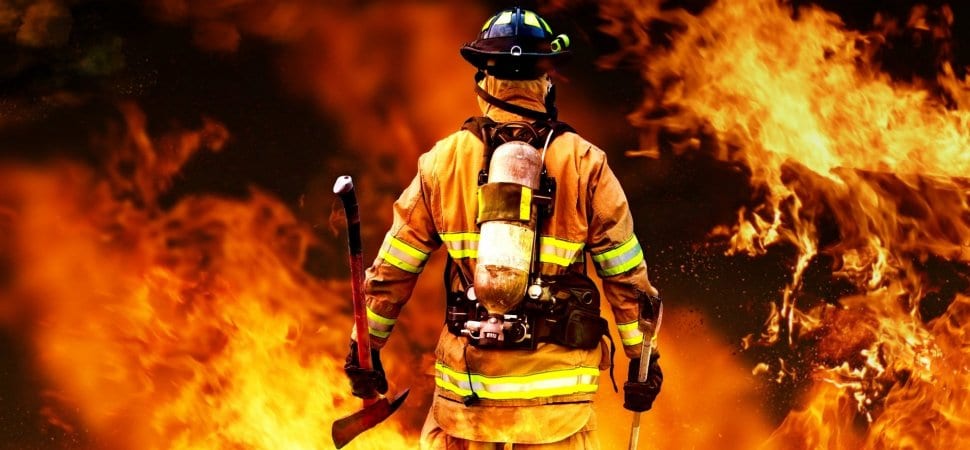You Need to Learn Who Can Bend And Not Break
Every business has the occasional fire. When it hits, you should have plenty of people who we call “Firefighters” while avoiding folks we label “Snow Cones”.
Every business, from successful startups to well-established corporate giants, hits a rough patch or two. It’s just a part of doing business.
But if you’re going to weather those storms as an organization, you’ll need people who can handle the heat and won’t melt under pressure. In other words, you should be hiring plenty of who we might call “Firefighters” while avoiding bringing on folks we might label “Snow Cones.” Let me explain.
Anytime you’re making a decision to bring someone new into your organization, you should absolutely be looking to screen for people who are capable of thriving in good times but especially in the bad ones.
I call these people firefighters because, when the alarm goes off, they are the ones who keep their heads and react calmly to the situation. Even if everyone else is screaming and yelling, they are the ones who continue to act in a way that benefits the organization – which might even involve metaphorically heading directly into the fire to help save people. These are the people who can help bring an organization to the next level and you need as many of them on board as you can find.
At the other end of the spectrum are the folks I call “Snow Cones”. When they encounter a stressful or fiery situation, they melt down like a snow cone on a hot sidewalk and stop working. They get overwhelmed with everything happening around them and quite literally cease to function – which leaves your organization in a lurch because you need all hands on deck to deal with the situation at hand.
Your Snow Cones might even demand more of your attention and time as their leader or manager. The worse things get, the more guidance and reassurance they require – precisely at a time when your time is most needed elsewhere. Worse, people like this might even help spread and amplify panic and dysfunction throughout the organization if they are left unchecked.
This is a huge problem and needs to be avoided because your time should be invested in the tasks associated with the highest value of work.
That’s why it is essential to try and identify potential Snow Cones before they join your organization.
So how do you do that?
For one, tailor your interview process to include questions that dig into how a candidate would describe how they have handled stressful situations in the past.
You could ask questions like:
“Tell me about a stressful time in your career and what did you do about it. How do you react to stress? Or even, how do you help relieve stress in your life?”
What you’re hoping to hear is that the person has a real game plan when it comes to working under pressure. Or even better, that they positively respond to stress.
Of course, relying on the candidate alone might not give you the full picture of their ability to cope with highly stressful situations. That’s why you should also ask them this question:
“When I call your last supervisor, how will they describe how you handle stress?”
That’s a tip shared in the excellent book, Who, by Geoff Smart and Randy Street. While we know there are hiring regulations that can prevent former employers from sharing too much negative information on employees, you can ask your candidate to arrange for you to speak to their former bosses as a way to at least create the expectation that you will ask such a question as a way to encourage the candidate to answer honestly.
It’s also worth noting that not all firefighters are worth hiring either. You have to be careful to identify any people who are actually addicted to stress in an unhealthy way – folks I call “Arsonists”. When things aren’t exciting enough, they may create their own fires as a way to paint themselves as the hero. Again, if you ask people about how they deal with stress and you hear answers that just don’t pass the smell test – where someone always seems to be in the middle of a crisis – you might just have an arsonist on your hands.
In the end, just remember that you’re looking to build a team that’s capable of winning no matter how bad things get. And that means you’ll need a lot more firefighters than snow cones at the risk of having your entire organization melt down the next time you run into a crisis.



